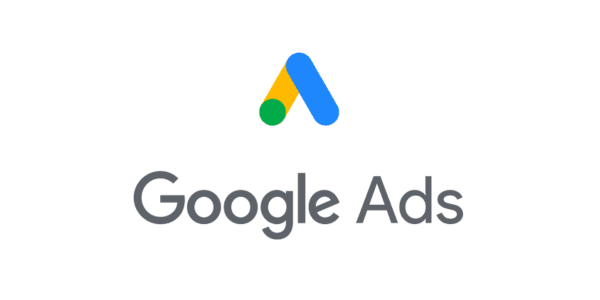Google has announced that new updates are coming to their Ad Manager, giving publishers more control over how ads are displayed in their reserved advertising space. These changes are the result of feedback from partners and are aimed at better alignment with regional regulations and visual preferences.
Impact on companies and organizations
The changes have a direct impact on advertisers and publishers. These updates allow advertisements to be displayed exactly as intended, which is essential for complying with local regulations and enhancing the overall advertising experience. One of the key benefits for publishers is the ability to manage advertisement badges on a per-ad creation basis. This enables them to choose whether these badges are displayed globally or only within the European Economic Area (EEA).
This measure helps companies comply with the strict advertising rules that apply in various regions, allowing them to avoid fines and other penalties. Furthermore, it improves the user experience by ensuring that advertisements align with the visual and content expectations of the audience.
New solutions
Google has introduced a number of specific new features to give publishers more control and flexibility:
Creative-Level Ad Badging Controls:
Publishers can now disable ad badges for specific ads. This offers more flexibility in determining which ads should be marked, which can be particularly useful for campaigns being rolled out in multiple regions.
Badging Scope Options:
Publishers can choose whether to display ad badges globally or only within the EEA. This option helps comply with regional regulations without compromising overall campaign performance.
Mute This Ad Sunset:
Google removes the "Mute This Ad" feature for reserved ads. This reduces complexity and ensures that ads are displayed consistently, without allowing users to mute individual ads.
These updates are designed to reduce complexity and enhance the advertising experience. By giving publishers the ability to better manage the visibility of ad badges, they can better align their advertising campaigns with the preferences of their audience and the regulations of the markets in which they operate.
Future implementation and compliance
Although these updates offer many advantages, it remains the responsibility of publishers to comply with all relevant regulations. Google emphasizes that these tools are designed to assist them in this compliance, but publishers must ensure proper implementation and adherence to the legislation themselves. The changes will be rolled out later this year, and Google has indicated that they will continue to work on improving their transparency tools for ads based on feedback from publishers. This ongoing process of adjustment and improvement is intended to ensure that Google's advertising platforms remain both effective and compliant in an ever-changing digital advertising environment.
With these new updates for Ad Manager, Google is taking an important step in enhancing control and flexibility for publishers. By introducing advanced features such as Creative-Level Ad Badging Controls and Badging Scope Options, advertisers and publishers can better align their campaigns with regional requirements and user preferences. While the "Mute This Ad" feature is being phased out, the new solutions provide a simpler and more consistent advertising experience.

